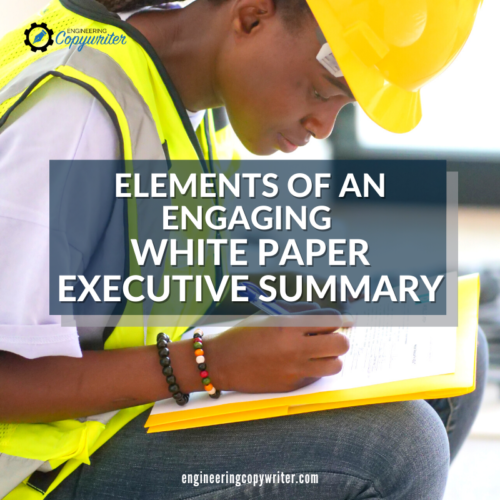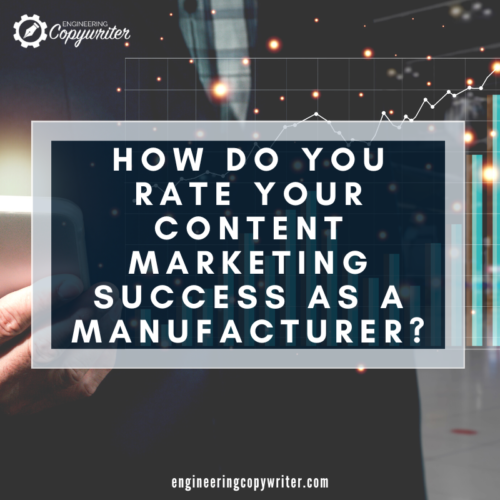Types of executive summaries

Most successful white paper executive summaries fall into one of two categories.
1. The preview
This type of executive summary is similar to a film trailer. It seeks to kindle one’s interest by disclosing the story’s tension and suspense, without unveiling the finale.
As a result, the preview is very problem-focused. This form of executive summary focuses on the problems instead of just the solutions. It promises a solution eventually but won’t reveal it within the summary, much like a film preview. The goal is to persuade your market segment to study the white paper so that they can better comprehend the issues and admire your innovative solution.
The following is a typical framework for preview-style executive summaries:
- – Economic factors: The circumstances that led to the challenge and the current situation in which the intended audience finds themselves.
- – Challenge evaluation: A review of the issues or challenges to be addressed, what is stopping the issues from getting fixed, and why current remedies are not sufficient.
- – Impacts and consequences: A description of the expenses connected with the issue, as well as the cost of continuing with old solutions or neglecting to solve the issue.
- – Remedy: A quick concluding paragraph that makes the reader optimistic about your solution.
- – Solution: States the recommended solution either generically or by the use of a brand name. This part is often brief and segues directly into the results.
Results: Highlight the business benefits to be gained by implementing the new solution: reduced costs, better allocation of resources, labor savings, faster time to market, etc.
2. The synopsis
A synopsis, as you might expect, covers all the basic information contained in the white paper. Some salespeople avoid this type of executive summary. They are concerned that their prospects will not study the white paper itself. However, there are times when the synopsis is preferable. A synopsis summary is similar in format to a case study:
- – The circumstance: Summarize what created the issue. This section is similar to the economic factors section in the preview type, though it is generally shorter.
- – The challenge: Outline the situation’s key business and technological issues as well as the insufficiency of available solutions. This provides more area for the rest of the data because it is shorter than the challenge section in the preview style.
- – The solution: Provide a recommended solution either generically or by using a brand name. This is often very brief and refers directly to the result.
The results: Highlight what your target audience will gain when they implement the recommended solution mentioned previously. This could be in terms of cost reduction, labor savings, etc.
Importance of an engaging executive summary
An effective executive summary captures the interest of your audience and informs them of exactly what your white paper has to offer. It gives precise reasons on why the audience should read the white paper in detail. It’s not uncommon for people to render judgment based on the executive summary alone, so it needs to be done right. Drop us a line if you need an expert to write an engaging executive summary for your white paper!





 Consider the executive summary to be a time management tool. It isn’t intended for the engineers, but rather for decision-makers who will receive and review the white paper. It summarizes the major points so that the reader can grasp your findings and recommendations quickly before deciding whether to read the full white paper.
Consider the executive summary to be a time management tool. It isn’t intended for the engineers, but rather for decision-makers who will receive and review the white paper. It summarizes the major points so that the reader can grasp your findings and recommendations quickly before deciding whether to read the full white paper.

